Yeldegirmeni – Kadikoy’s cool cousin
On my way back from taking photos for my post on Turkish tombs I rediscovered the wonderful neighbourhood of Yeldegirmeni Kadikoy. The suburb gets its name from four mills that were erected here by Sultan Abdülhamid I in 1774. They supplied the flour used over in the Topkapi Palace kitchens. In the years since I first came here, the area has undergone a complete makeover. What were once sad run down buildings now glow with life and colour, reviving this serene little village suburb in the middle of the enormous Istanbul metropolis.
Yeldegirmeni History
I began my adventures in Yeldegirmeni by heading up Iskele Sokak, starting at the waterfront and going all the way up the hill. Iskele means wharf so it would have originally lead to the ferries crossing over to the European side of the city. The street is lined by four and five story apartment blocks that would look at home in any European city. From early 20th century Italian influence design to examples of the Arts and Crafts movement influences, the area reflects its multicultural history.
What is now Osmangazi Primary School started life as a school for the children of the German architects and engineers who helped build the nearby Haydarpaşa Railway Station. It was built between 1902 and 1914. When the Germans left and the English controlled the city after World War I, it became an Ottoman English School in 1918. It changed purpose again in 1935 when it became the first college to be established in Turkey, and took its most recent name in 1950.
In 1894 the Oblates (Missionary sisters) of the Assumption came to Turkey from France. Assumptionists are an international congregation of Catholic religious clergy which has long been involved in education, the press, pilgrimages and missions. In 1895 they opened a school in the name of Saint Euphemie in Kadıköy.
According to Christian tradition Saint Euphemie was martyred here in 303AD and her bones were placed in a golden sarcophagus inside a church. Her relics attracted crowds of pilgrims for centuries. In the 7th century her bones were transferred to Constantinople (present day Istanbul) but were believed to have been lost when they were thrown into the sea. However they were recovered and hidden until the Byzantine Empress Irene had them returned to the city in 796AD. After a fire in the 16th century the bones were moved from the sarcophagus and taken to the Patriarchal Church of Saint George where they remain today.
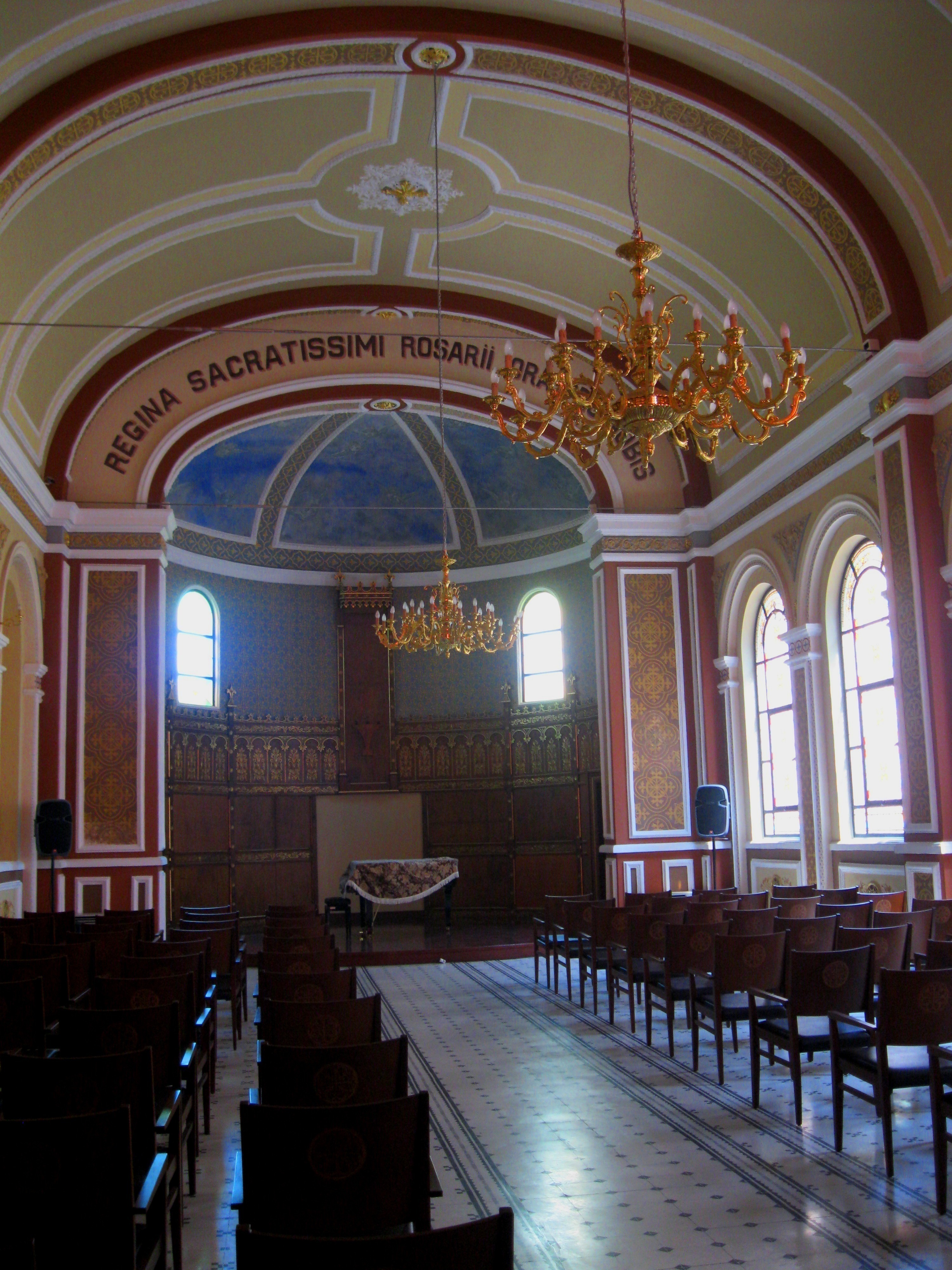
Today, the building that once housed the Saint Euphemie French Middle School for Girls and the Euphemie Notre Dame du Rosarie Catholic Church still stand. When it was operated by the nuns graduating students were sent to the branch of the Notre Dame de Sion School in nearby Moda. Now it operates as the Kemal Atatürk Middle School.
The beauty of Yeldegirmani isn’t limited to Iskele Sokak. Round the corner and down the way a bit the Karakolhane streetscape has more delights to offer.
In 1895 a Greek school was erected on this spot, but when the Greek population of Yeldegirmeni grew, a new school building was erected nearby and the school was relocated in 1918. In 1927 the old building was repaired and transformed into a church. It was rebuilt once more between
1958 and 1961 when a wooden structure was completed. You can read the full history on page 41 of my alternative guide Istanbul 50 Unsung Places.
Yeldegirmeni now
The first post office in the Kadıköy district opened in Yeldegermeni at of the 18th century. Although it is long gone, there are many shops and cafes to try out. One of my favourites is Dukkan, a smaller version of the main Dukkan council run store in Feneryolu, selling recycled products and legumes, flour and other products sans packets, meaning you bring your own or buy glass jars you can then reuse.
Further down the same street in Yeldegermeni, Duatepe Sokak, you’ll find lovely jewellery in Moko Art Design and bags plus more in Niarmena Design Shop & Café. Refuel retro decor Asian style at Bento Noodles then mosey past the high walls of the Hemdat Israel Synagogue.
Then head back to Kadikoy Wharf to learn more about the history and life on the Asian side of the city with my audio walking tour Stepping back through Chalcedon: Kadikoy Walk.
***************************
Planning to come to Istanbul or Turkey? Here are my helpful tips for planning your trip.
For FLIGHTS I like to use Kiwi.com.
Don’t pay extra for an E-VISA. Here’s my post on everything to know before you take off.
However E-SIM are the way to go to stay connected with a local phone number and mobile data on the go. Airalo is easy to use and affordable.
Even if I never claim on it, I always take out TRAVEL INSURANCE. I recommend Visitors Coverage.
I’m a big advocate of public transport, but know it’s not suitable for everyone all the time. When I need to be picked up from or get to Istanbul Airport or Sabiha Gokcen Airport, I use one of these GetYourGuide website AIRPORT TRANSFERS.
ACCOMMODATION: When I want to find a place to stay I use Booking.com.
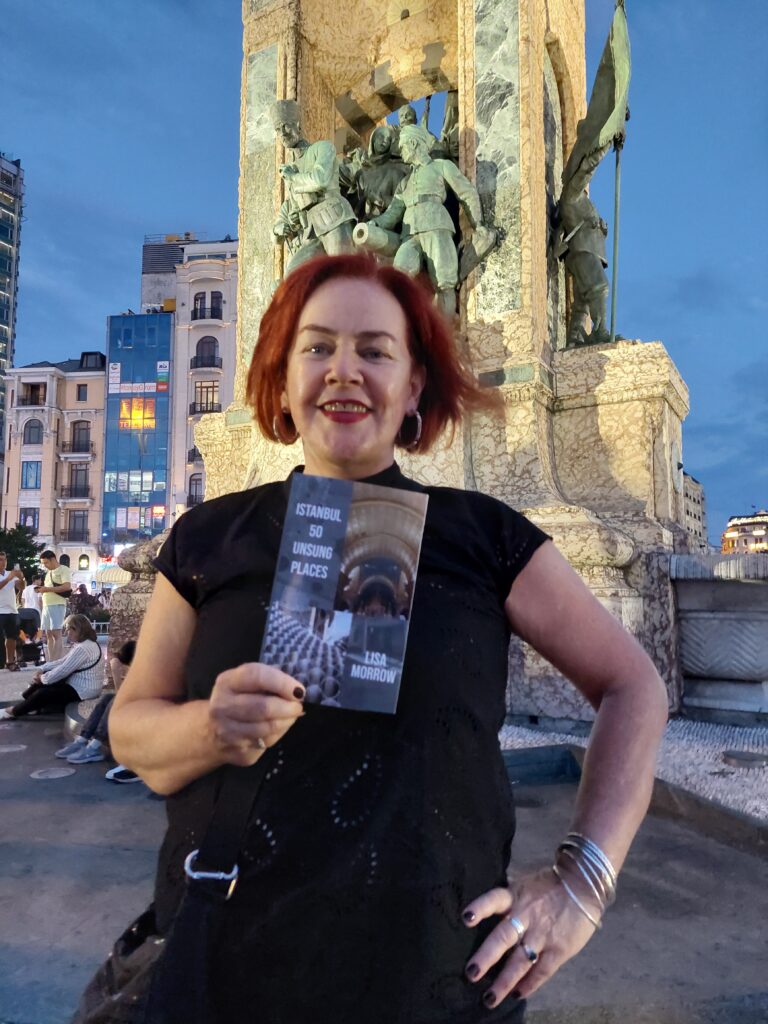
CITY TOURS & DAY TRIPS: Venture further afield in the city with my bespoke guidebook Istanbul 50 Unsung Places. I know you’ll love visiting the lesser-known sites I’ve included. It’s based on using public transport as much as possible so you won’t be adding too much to your carbon footprint. Then read about what you’ve seen and experienced in my three essay collections and memoir about moving to Istanbul permanently.
Browse the GetYourGuide website or Viator to find even more ways to experience Istanbul and Turkey with food tours, visits to the old city, evening Bosphorus cruises and more!
However you travel, stay safe and have fun! Iyi yolculuklar.
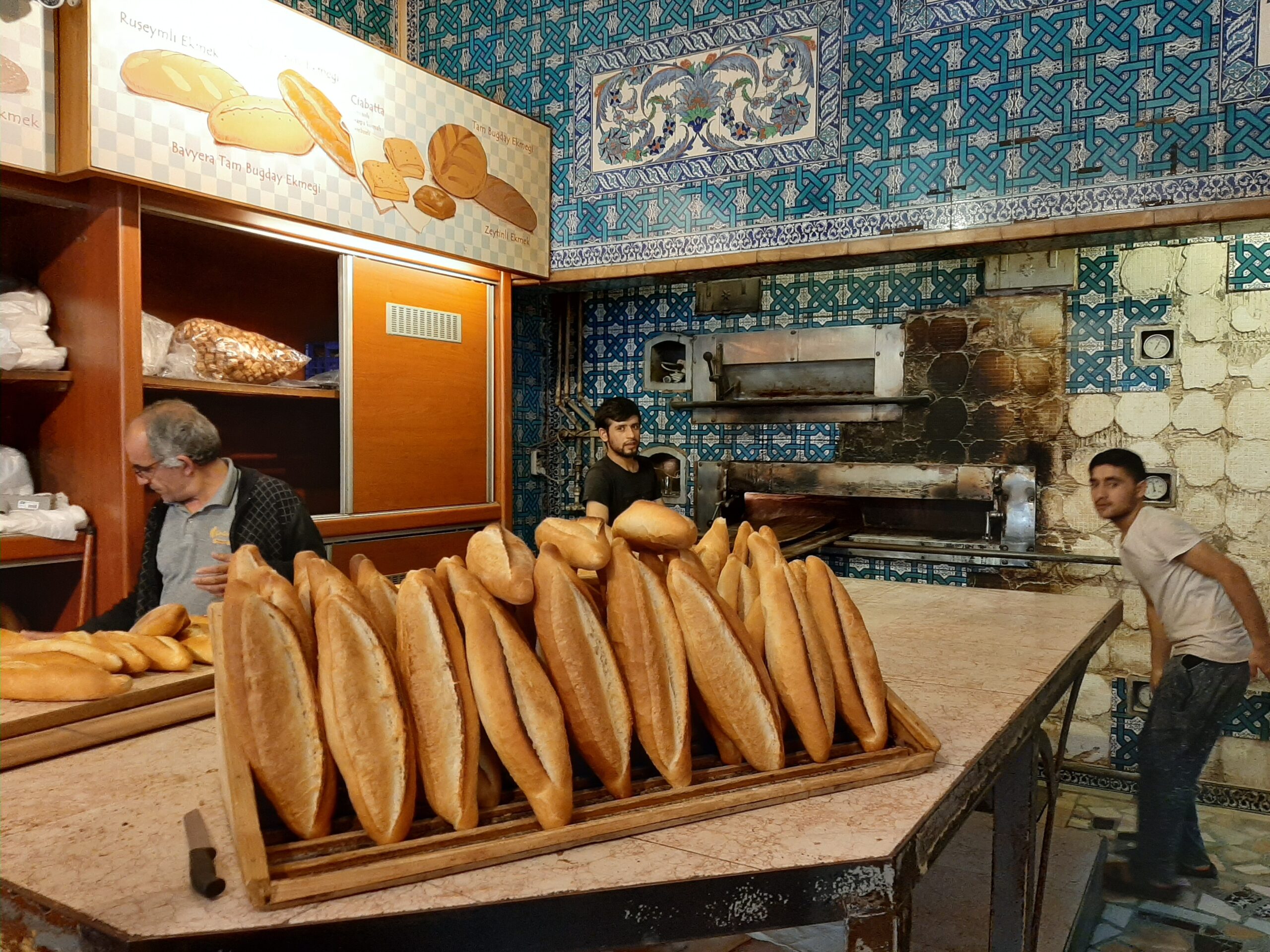
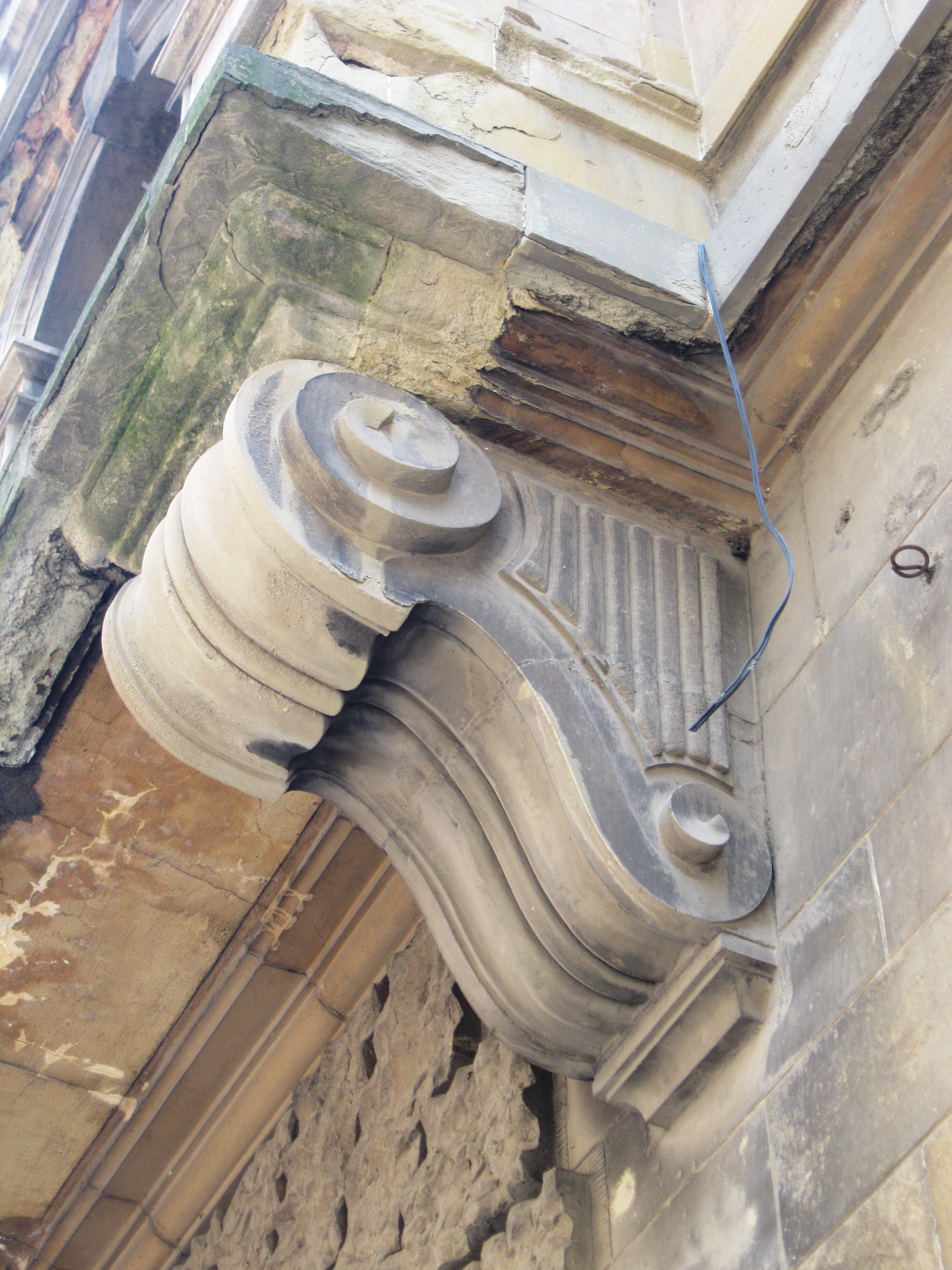
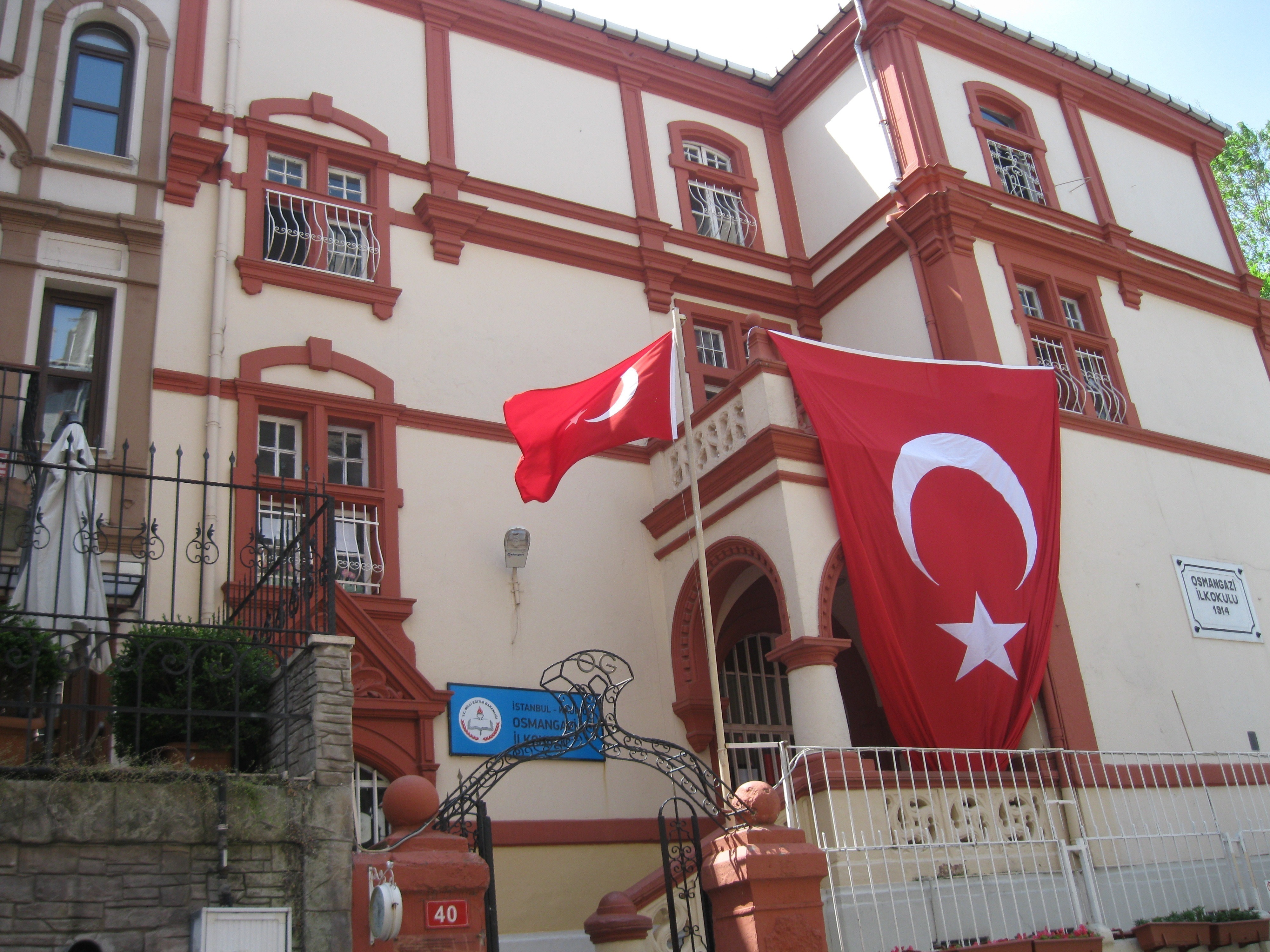
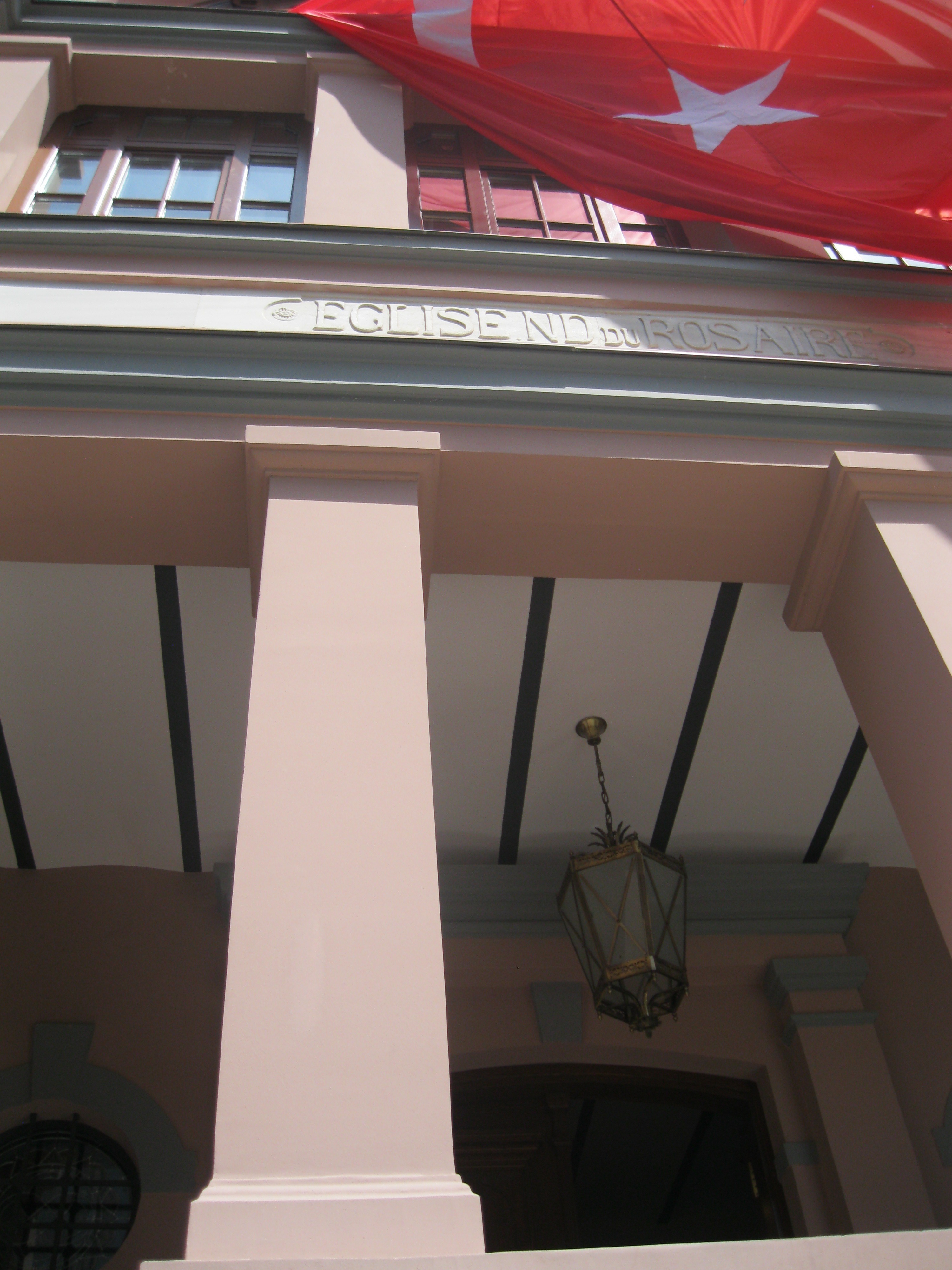
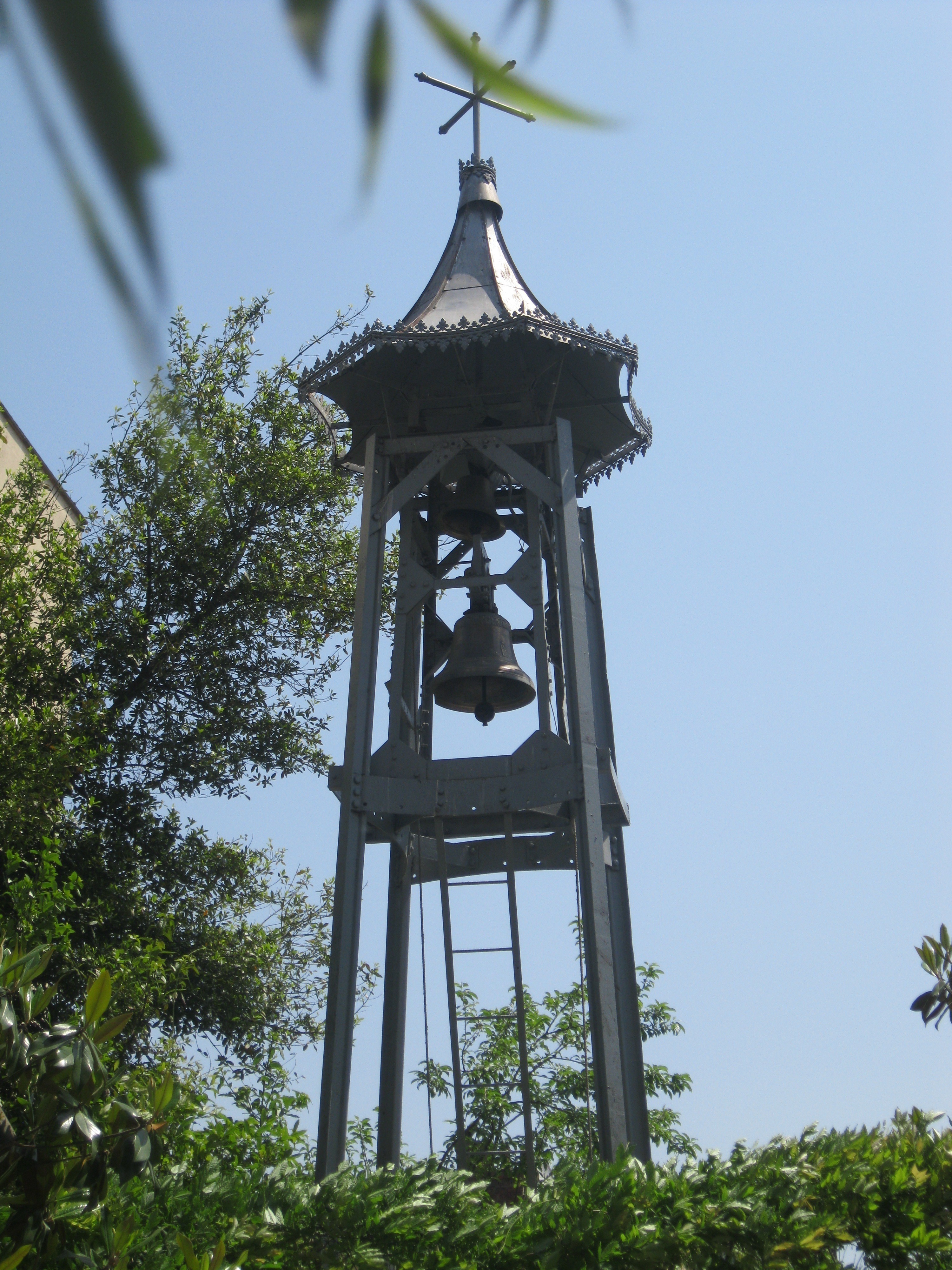
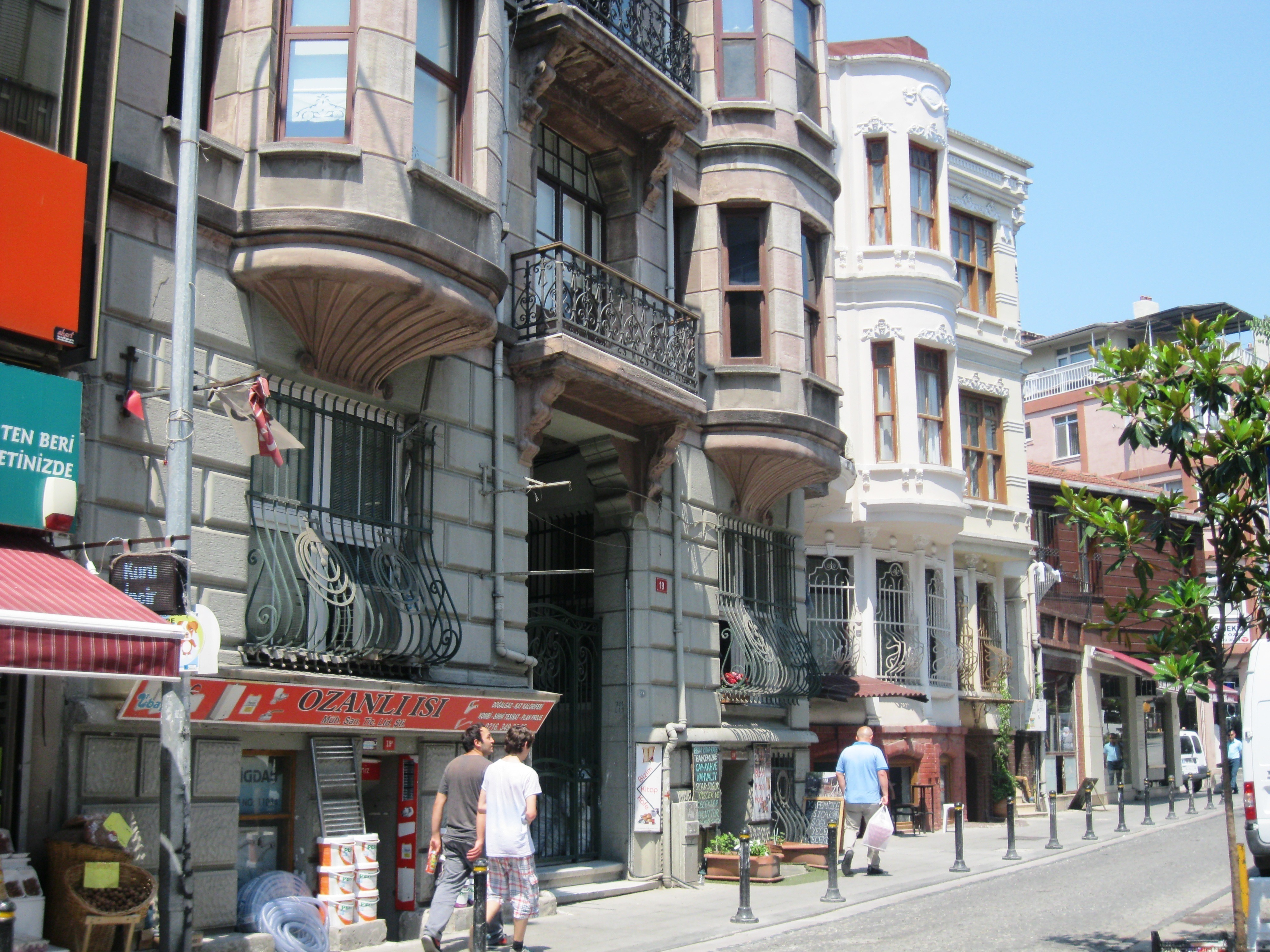
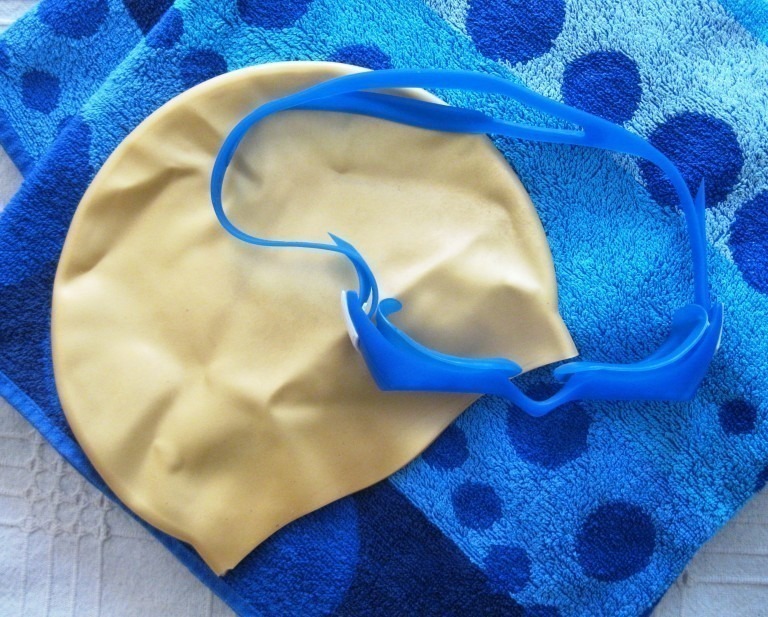
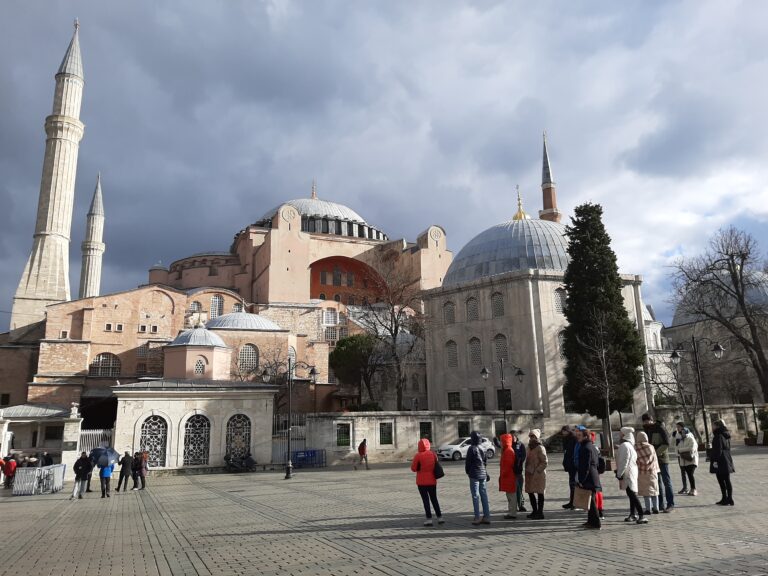
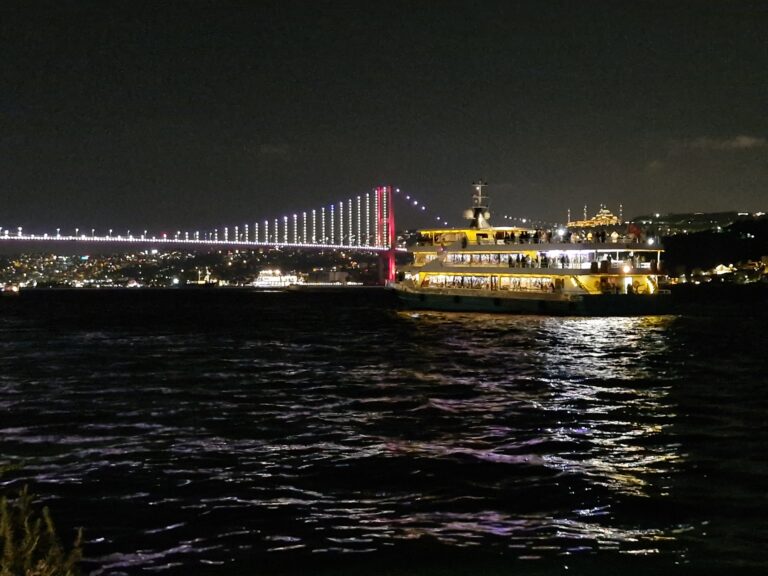
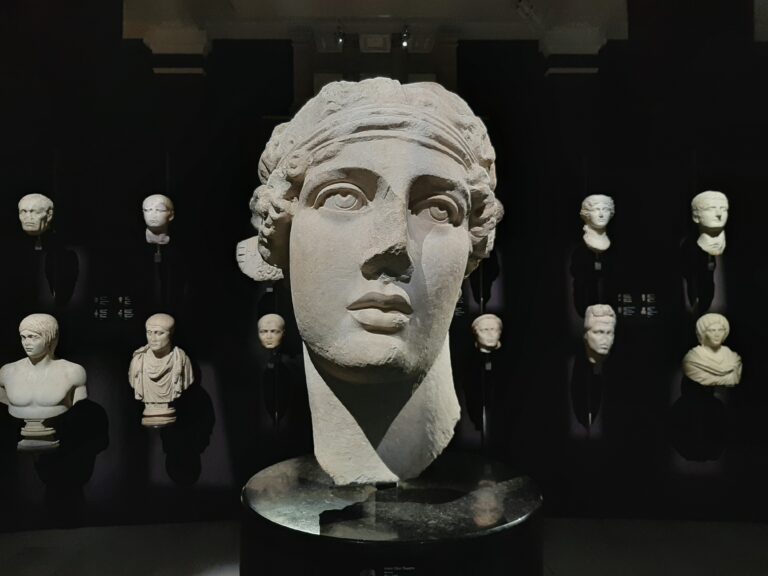
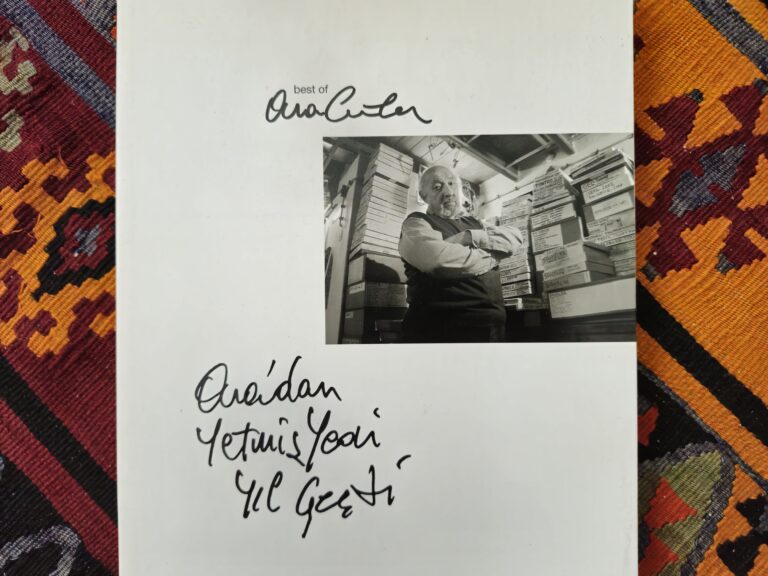
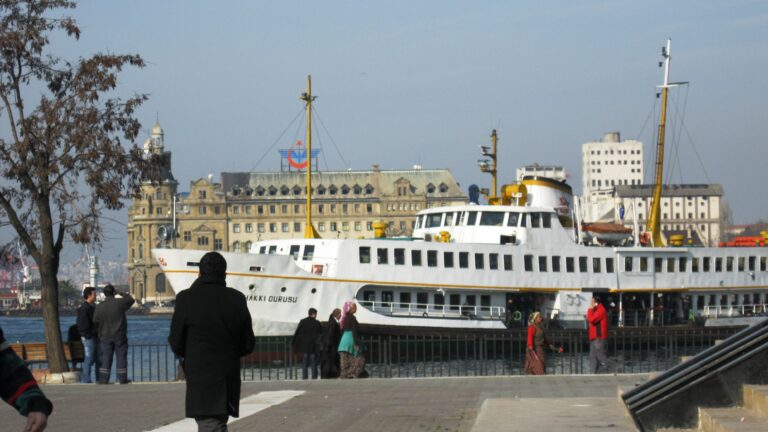
Istanbul changes so quickly. We’ve made it up there three times this year and seen changes each time. Only just begun to explore the delights of Kadıköy and love what we’ve seen so far so we’ll definitely explore this area, too.
Julia
So nice to see the stately district restored to its former glory.